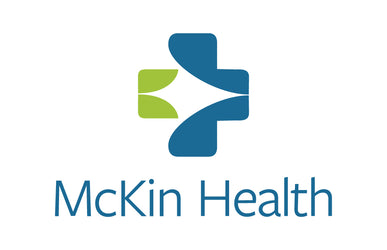
Maintaining Proper Hydration with Dysphagia
Maintaining adequate nutrition and hydration can often seem straightforward for many, involving a balanced diet and regular water intake. However, for individuals grappling with dysphagia, a condition affecting swallowing, this routine can become significantly more complex.
Individuals with dysphagia frequently require their food and drink to be adjusted in consistency to ensure safer swallowing. Thickened foods and liquids are often preferred as they reduce the risk of choking or aspiration, making consumption easier and safer. This typically involves adhering to a modified diet plan tailored to each individual's needs, a task best overseen by a speech language pathologist or trained healthcare professional.
A modified dysphagia diet focuses on textures and thickness levels that facilitate easier chewing and swallowing, thereby minimizing the likelihood of food or liquid entering the airway. Dehydration poses a significant risk for those with dysphagia, as highlighted in studies, with potential severe consequences including heart or kidney failure and even death. Dysphagia's impact on nutrition is profound, as impaired swallowing hampers adequate dietary intake, potentially leading to malnutrition and associated complications like pneumonia.
To address these challenges effectively, adherence to guidelines regarding food texture and thickness, as well as implementing safe oral feeding practices, is crucial. Recently, initiatives such as the International Dysphagia Diet Standardisation Initiative (IDDSI) have provided standardized frameworks for categorizing food and liquid textures, simplifying selection for individuals with dysphagia.
When it comes to safe oral feeding practices, certain habits can significantly reduce the risk of aspiration or choking incidents. These include maintaining an upright posture while eating or drinking, taking small, deliberate bites and sips, chewing food thoroughly, and refraining from speaking with food in the mouth.
Moreover, hydration strategies extend beyond mere beverage consumption. Foods with high liquid content, such as soups or purees, can contribute to overall hydration levels. Additionally, the use of thickeners offers a versatile solution, allowing for customization of flavors while supporting hydration needs.
In essence, managing hydration with dysphagia requires a multifaceted approach, encompassing dietary modifications, adherence to safety protocols, and innovative hydration strategies. By prioritizing these aspects, individuals with dysphagia can enhance their quality of life and mitigate associated health risks.
Pre-prepared beverage thickeners, purees and ready-to-drink beverages can be a valuable resource to those with dysphagia as they provide a convenient and effective way to bring nutrients to dysphagia patients.
